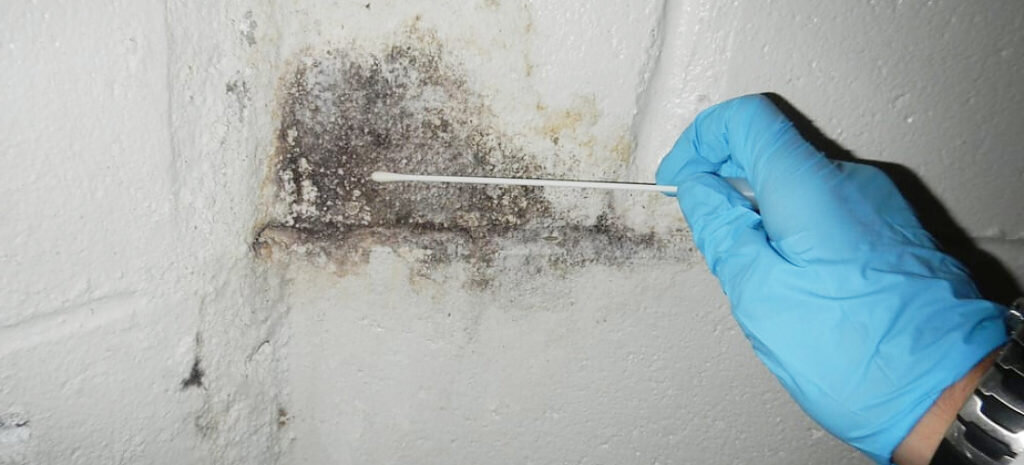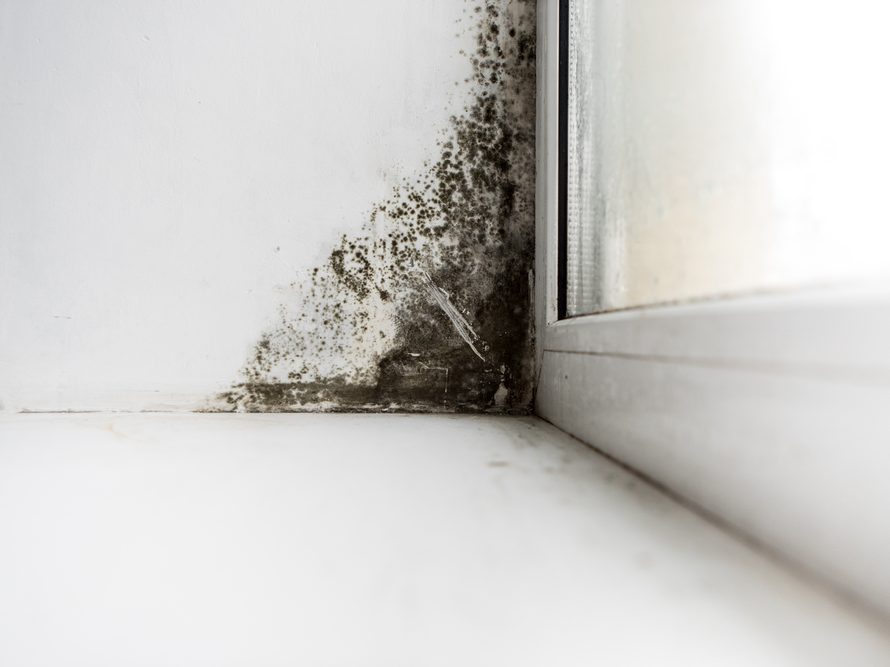Trick Steps for Successful Post Mold And Mildew Remediation
Successfully finishing mold removal is a multifaceted procedure that calls for interest to detail and adherence to specific protocols. These steps not only validate the success of the removal initiatives yet additionally add to preventing future mold development.
Inspection of Treated Areas
Upon conclusion of the mold and mildew remediation process, a comprehensive inspection of the dealt with locations is vital to guarantee the effectiveness of the removal initiatives. This examination acts as an important step in the post-remediation phase to verify that the mold and mildew elimination and cleanup treatments were successful in eliminating the mold problem and bring back a safe interior setting. The examination ought to be conducted by qualified specialists who have the knowledge to assess the remediated locations diligently.
These include aesthetic evaluations to check for any type of indications of mold growth or water damage, moisture degrees to confirm that the location is dry and complimentary of excess humidity that might promote mold re-growth, and air high quality screening to make certain that the indoor air is risk-free to breathe. Additionally, the inspection may entail utilizing specialized tools such as dampness meters and thermal imaging cameras to identify covert mold or wetness pockets that can lead to future mold and mildew troubles if left uncontrolled.

Dampness Control Procedures
Efficient wetness control actions are necessary for avoiding mold growth and maintaining a healthy and balanced interior setting. To accomplish this, it is vital to attend to resources of moisture within the building. Proper ventilation is crucial to managing humidity levels. Setting up exhaust fans in cooking areas and shower rooms can help remove excess moisture. Furthermore, utilizing dehumidifiers in moist areas can help in reducing moisture degrees, making it harder for mold to flourish.
Regularly maintaining the structure and evaluating's outside can also protect against dampness invasion. what to do after mold remediation. Making sure that rain gutters are clear, downspouts direct water far from the structure, and the roofing is in excellent problem can assist prevent water from seeping into the structure. Correctly securing doors and home windows can also aid keep dampness out
Any leakages or spills ought to be cleaned up and dried within 24-48 hours to avoid mold development. By executing these dampness control measures, the risk of mold and mildew returning can be substantially decreased, creating a healthier interior atmosphere.
Proper Ventilation Assessment
An indispensable facet of guaranteeing a healthy and balanced indoor setting message mold remediation is carrying out a complete evaluation of the ventilation system. Appropriate air flow analysis plays an important duty in preventing future mold growth and preserving air high quality within the afflicted space.
Moreover, evaluating the ventilation system consists of taking a look at the distribution of air throughout the location to identify any type of areas of inadequate circulation where wetness and pollutants might gather. Proper ventilation not just assists in managing moisture degrees but also help in getting rid of airborne mold and mildew spores and various other pollutants, thereby improving general indoor air quality. By attending to any ventilation concerns upload mold removal, residential or commercial property proprietors can produce a healthier and much more comfy atmosphere for passengers while decreasing the risk of mold and mildew re-infestation.
Cleansing and Disinfection Protocols
To ensure comprehensive mold and mildew removal, precise link adherence to specific cleansing and sanitation methods is vital. Cleaning up and disinfection protocols play an essential duty in the post-mold remediation phase to prevent the reoccurrence of mold growth and ensure a risk-free and healthy and balanced atmosphere.
After the first cleansing, complete sanitation of the affected locations is essential to kill any continuing to be mold and mildew spores and prevent their spreading. This step is crucial in preventing the spread of mold and mildew to various other parts of the residential or commercial property. Furthermore, carrying out safety nets such as using mold and mildew inhibitors and keeping correct air flow can help lessen the danger of future mold problems. By following stringent cleaning and sanitation protocols, home owners can make sure the successful removal of mold and develop a healthy and balanced interior atmosphere for occupants.
Monitoring and Maintenance Strategy
Carrying out a regular surveillance and maintenance strategy is important for making sure the lasting efficiency of mold and mildew remediation initiatives. When mold removal is completed, it is crucial to develop a surveillance routine to evaluate the success of the removal process. This involves consistently evaluating the formerly affected locations for any type of signs of mold reoccurrence or water damage. By performing regular checks, any new mold and mildew growth can be immediately identified and resolved, stopping a Bonuses reoccurrence of the first problem.
Furthermore, establishing an upkeep strategy is crucial to avoiding future mold concerns. Normal upkeep not just assists in preventing mold and mildew however likewise contributes to maintaining a healthy interior environment - Post Mold remediation cleaning.
Verdict
To conclude, effective message mold removal involves comprehensive evaluation of treated locations, implementation of dampness control steps, analysis of appropriate ventilation, adherence to cleansing and sanitation protocols, and establishment of a tracking and maintenance plan. These crucial steps are vital to guarantee that mold development is properly gotten rid of and protected against from reoccuring in the future. By complying with these guidelines, residential or commercial property proprietors can maintain a healthy and risk-free environment for owners.
Upon completion of the mold and mildew remediation process, a thorough assessment of the treated locations is critical to make certain the effectiveness of the remediation efforts. These consist of visual assessments to inspect for any type of indications of mold development or water damage, dampness degrees to validate that the location is dry and cost-free of excess humidity that can advertise mold re-growth, and air high quality screening to guarantee that the indoor air is safe to breathe. Additionally, the inspection may entail using specialized devices such as wetness meters and thermal imaging electronic top article cameras to discover covert mold and mildew or dampness pockets that could lead to future mold problems if left unchecked. By resolving any air flow concerns publish mold removal, property proprietors can create a healthier and extra comfortable setting for passengers while decreasing the threat of mold and mildew re-infestation.
